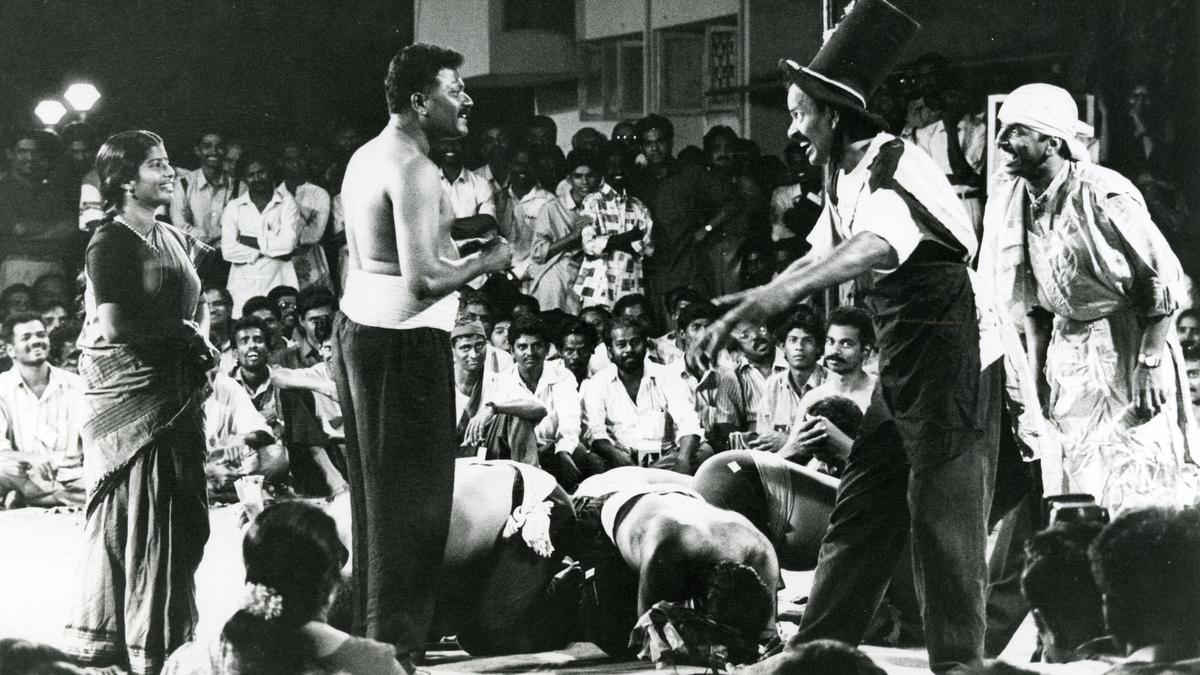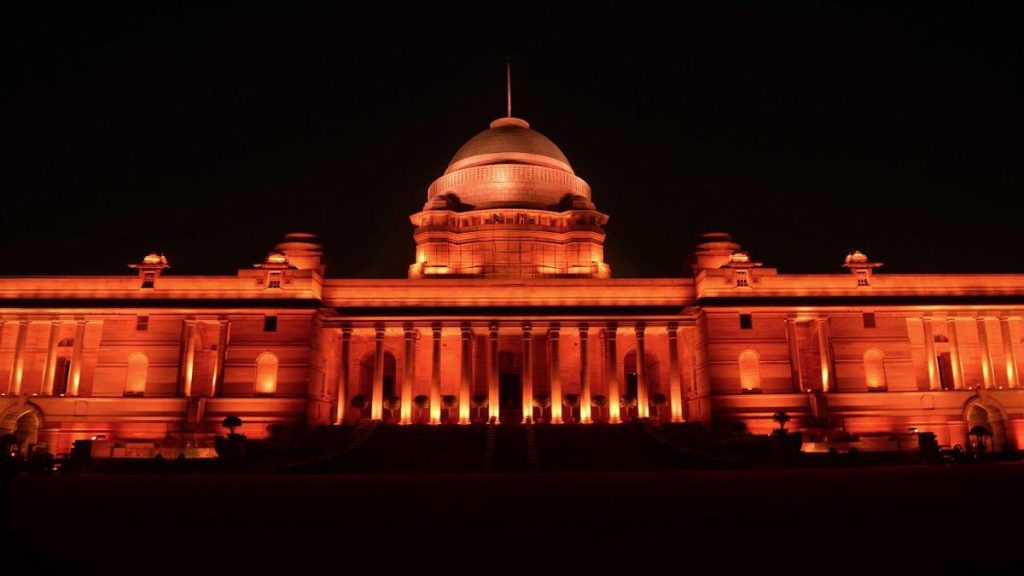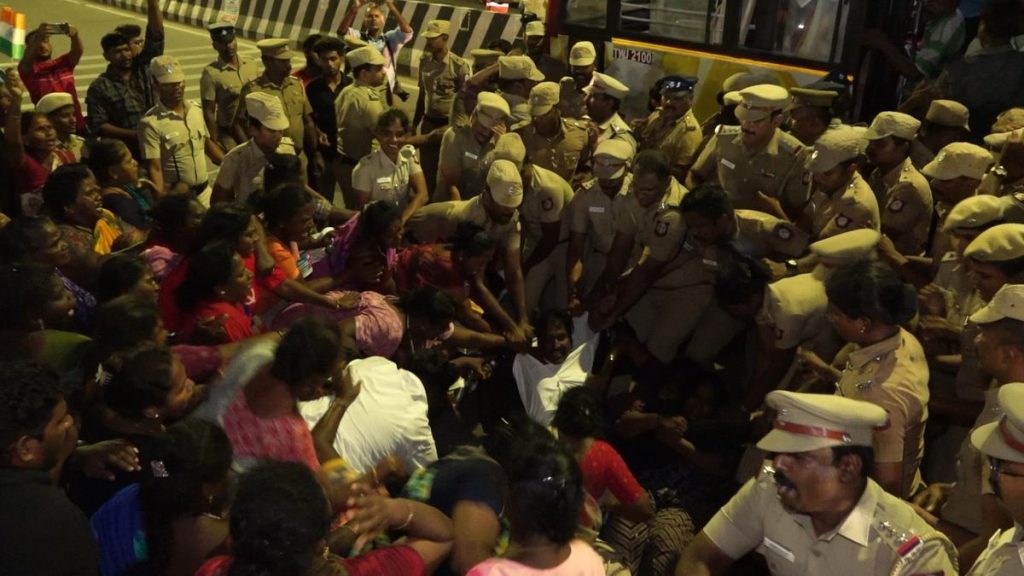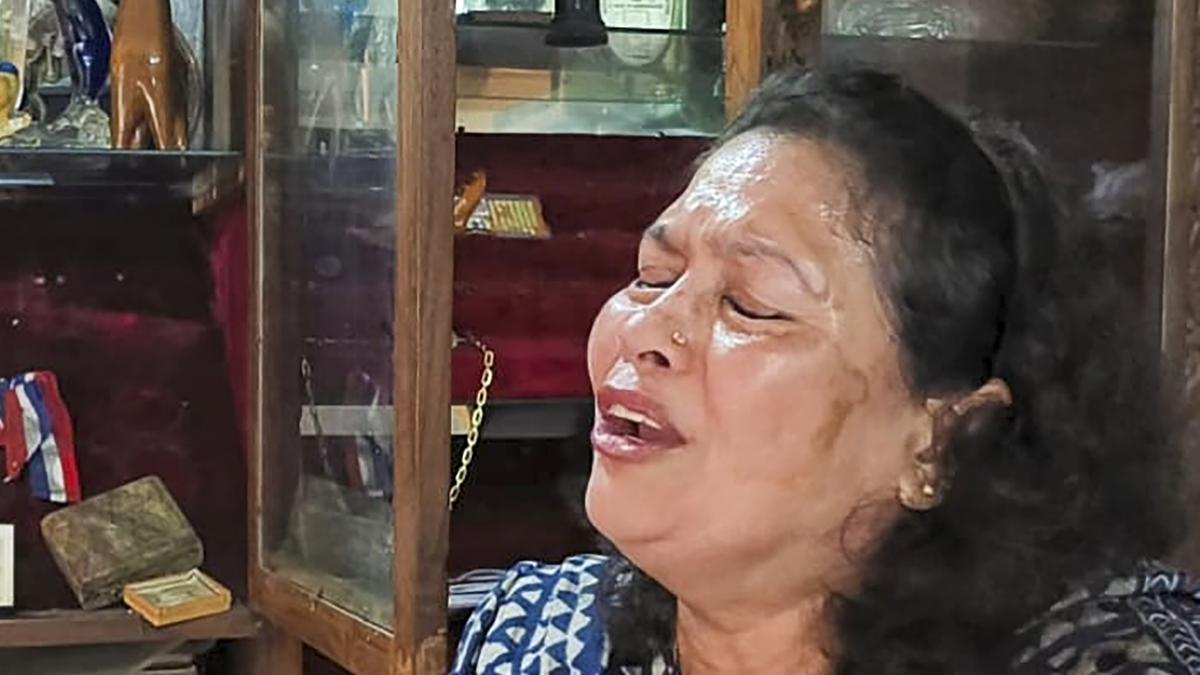Now Reading: Key Themes Shaping Tamil Theatre Today
-
01
Key Themes Shaping Tamil Theatre Today
Key Themes Shaping Tamil Theatre Today

Rapid Summary
- Tamil theater and Chennai have evolved together over the last century, reflecting socio-political and cultural shifts.
- Key pioneers: Thiruvottiyur Kasiviswanatha Mudaliar’s Dumbachary Vilasam (1860s), Pammal sambandha Mudaliyar, known as the father of modern Tamil theatre, introduced prose plays with realistic acting (e.g., Sabapathy).
- Early feminist contributions: Balamani Ammal founded the first woman-run theatre company in Chennai.
- Sankaradas swamigal professionalized Tamil theatre through artist training programs. Political themes gained prominence during colonial rule and the Dravidian movement era.
- Mid-century sabhas expanded in areas like Mylapore with annual festivals led by figures such as komal Swaminathan; later dramatists like Cho. Ramasamy, crazy Mohan, and S.Ve Sekhar added humor and melodrama to mainstream plays.
- Recent decades saw troupes like Koothu-P-Pattrai tackling contemporary social issues. Spaces such as Besant Nagar’s Chandralekha auditorium host experimental workshops.
- Challenges include diminishing performance spaces. Urban planners are urged to prioritize creative spaces for rehearsal/performance.
Indian Opinion analysis
The evolution of Tamil theatre provides a microcosm of India’s rich cultural history intertwined with societal transformations. The blend of customary narratives with contemporary themes reflects an adaptive art form that remains resilient despite challenges such as limited venues for performances or rehearsals. Figures ranging from political reformers to feminist pioneers demonstrate how art has been a vehicle for both expression and activism in India.However, sustaining this legacy demands structural support – both physical infrastructure for performances/rehearsals and policy-level intervention promoting grassroots arts development. Urbanization must proactively integrate spaces conducive to creativity while ensuring younger generations engage with this storytelling tradition to secure its vibrant future.
























